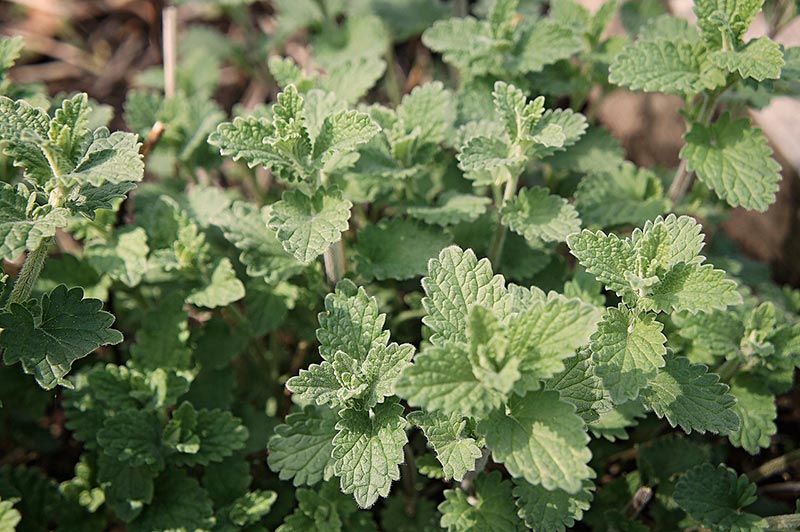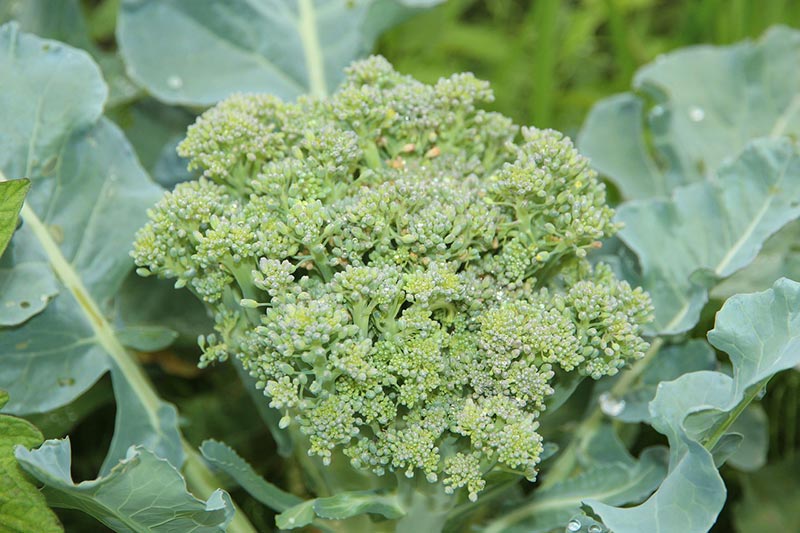7 Best Companion Plants for Beets (With Pictures)
-
Codee Chessher
- Last updated:

Some plants have beneficial or adverse effects on plants nearby, so planting certain plants together can help improve vegetable yields, taste, or nutrient intake. Beets, for instance, have a wide variety of suitable companion plants and only a few unsuitable plants. Let’s check out the most suitable companion plants for beets below.
What Is Companion Planting and How Does It Benefit Beets?
Companion planting is a very old practice where you grow multiple types of plants together to reap harvest or nutrient-related benefits. For example, plants that need nitrogen benefit greatly from a nitrogen-fixer plant, like beans. There are also plants that you should avoid, sort of the opposite of a companion plant. Always check out what plants you should pair with when planting a new crop, as well as what to keep away from them.
The 7 Best Companion Plants for Beets
1. Onions

- Benefits include: repelling pests, improving taste, and preventing fungal growth
Onions and other members of the Allium family like garlic and leeks are the top picks for companion planting with beets. Their pungent odor repels insect and mammal pests alike. It will repel deer, rabbits, gophers, squirrels, and more. Pairing beets with onions and other Allium plants is a very popular and effective pest control solution.
2. Bush Beans

- Benefits include: improving soil nitrogen levels
Bush beans and other legumes are known as nitrogen fixers in the gardening world because they leach nitrogen from the atmosphere and return it to the soil, among a couple of other key nutrients.
Bush beans provide just the right amount of nitrogen to help beets grow, while pole beans overload beets with large leaves and undersized beetroots.
3. Catnip

- Benefits include: repelling pests
Catnip and mint have similar scents, and both keep away pests in the garden. Planting catnip around the boundary of your vegetable garden can prevent mice, but it also stops cats from digging in your garden too. You can sprinkle the herb around your garden to improve deterrence.
Some other herbs that accomplish the same thing are thyme, rosemary, and hyssop. Try using multiple types in your garden to add visual appeal and control pests.
4. Broccoli

- Benefits include: soil enrichment
Broccoli and other Brassica veggies are some of the most popular companion plants for beets. They add complementary nutrients to the soil that help your beets, and the beets provide the Brassica plants with plenty of iron and manganese.
Cabbage, catnip, and beets are great three-way crops. The beets and cabbage enrich each other, plus the catnip mellows the taste of your cabbage.
5. Marigold

- Benefits include: trapping crop for slugs and other pests
Marigolds are a great option for brightening up your garden and repelling pests from your beets. In particular, marigolds are an ideal choice for slug infestations, and you can plant them in concert with other flowers like catnip and rue. Try planting them around the periphery of your garden with some catnip for an attractive, great-smelling garden free of pests.
6. Radish

- Benefits include: soil loosening and aeration
Radishes are a fast-growing crop that’s a perfect companion for beets. Their shallow roots churn up and loosen the soil in the area, which is great for beets that struggle in dense soil.
Plan to harvest your radishes before you plant beets for the best results. Radishes are particularly useful if you have compacted soil in your garden. Growing beets in the same soil can also help reduce the chances of root rot or fungi.
7. Field Mustard

- Benefits include: nematode protection and anti-fungal properties
Field mustard is last on our list because some people have reported stunted beet growth when planting them together. However, field mustard is extremely effective at combatting nematode damage and certain types of fungi. For best results, plant your beets after your field mustard has been harvested.
Worst Companion Plants for Beets
Some plants are actually detrimental to your beets, and you should try to keep them away at all costs. If possible, plant them in an entirely different location to avoid impacting your beets.
- Pole Beans: pole beans provide excessive amounts of nitrogen that grow very leafy but undersized beets
- Corn: avoid corn in the same garden as beets if you’ve had issues with root rot or fungal diseases
- Fennel: fennel is associated with undersized or stunted beet growth
Conclusion
Beets are a staple going back centuries, and there are quite a few plants that complement their growth. A great crop to start out with is catnip, beets, and cabbage so the three can each complement the others. Onions or garlic are also very useful for pest-ridden gardens.
Featured Image Credit: aixklusiv, Pixabay
Contents


